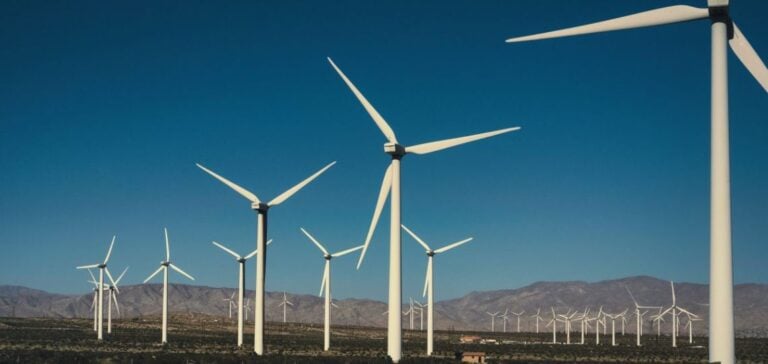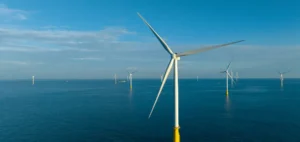The African Development Bank (AfDB) has recently approved funding of $170 million to support the Suez Wind Energy project in Egypt. This project, with a capacity of 1.1 gigawatts (GW), is estimated at a total cost of $1.1 billion. It is backed by several international institutions, further strengthening Egypt’s position as an African leader in renewable energy.
Developed in collaboration with major players, including the Saudi-based Acwa Power, this project has been awarded the “Golden License” by the Egyptian government. This recognition underscores its strategic importance for the country, both economically and environmentally.
Kevin Kariuki, Vice President for Electricity, Energy, Climate, and Green Growth at the AfDB, stated: “The Suez Wind Energy project is a historic development that highlights the Bank’s commitment to promoting transformative clean energy initiatives across Africa.”
Funding Supported by International Partners
The project also benefits from additional financing sources, notably the European Bank for Reconstruction and Development (EBRD), which is considering providing further support through a $200 million senior debt facility. These contributions demonstrate Egypt’s growing attractiveness to investors in large-scale renewable energy projects.
Between 2010 and 2021, Egypt emerged as a major player in renewable energy in Africa, securing $7.14 billion in funding for projects in the sector, according to ZeroCarbon Analytics. The country ranks behind South Africa and Morocco in terms of attracted capital.
A Key Role for Egypt in Africa’s Energy Transition
Egypt currently accounts for 21% of the installed wind power capacity on the African continent, reflecting its ambitions in the energy transition. Projects like Suez Wind Energy are part of a national strategy to diversify the energy mix while meeting global climate goals.
By partnering with international stakeholders and adopting incentive frameworks like the “Golden License,” the Egyptian government aims to become a benchmark for renewable energy in the MENA (Middle East and North Africa) region.





















